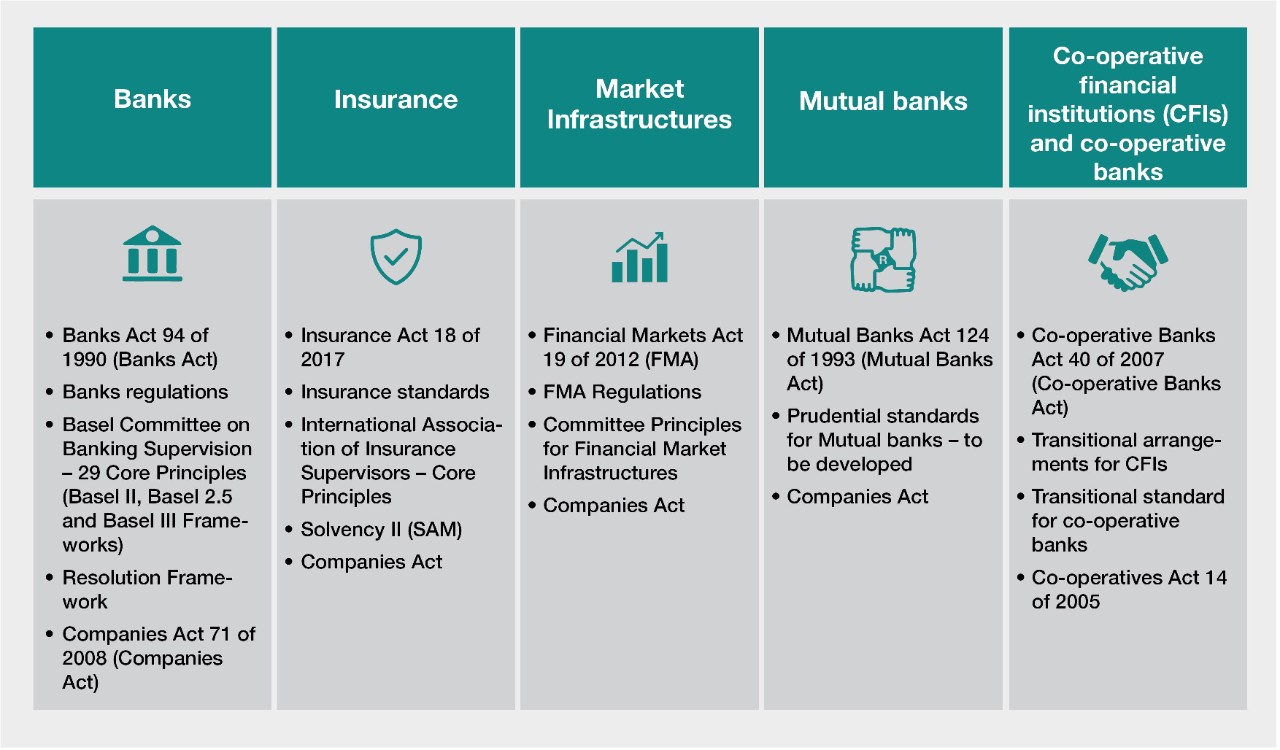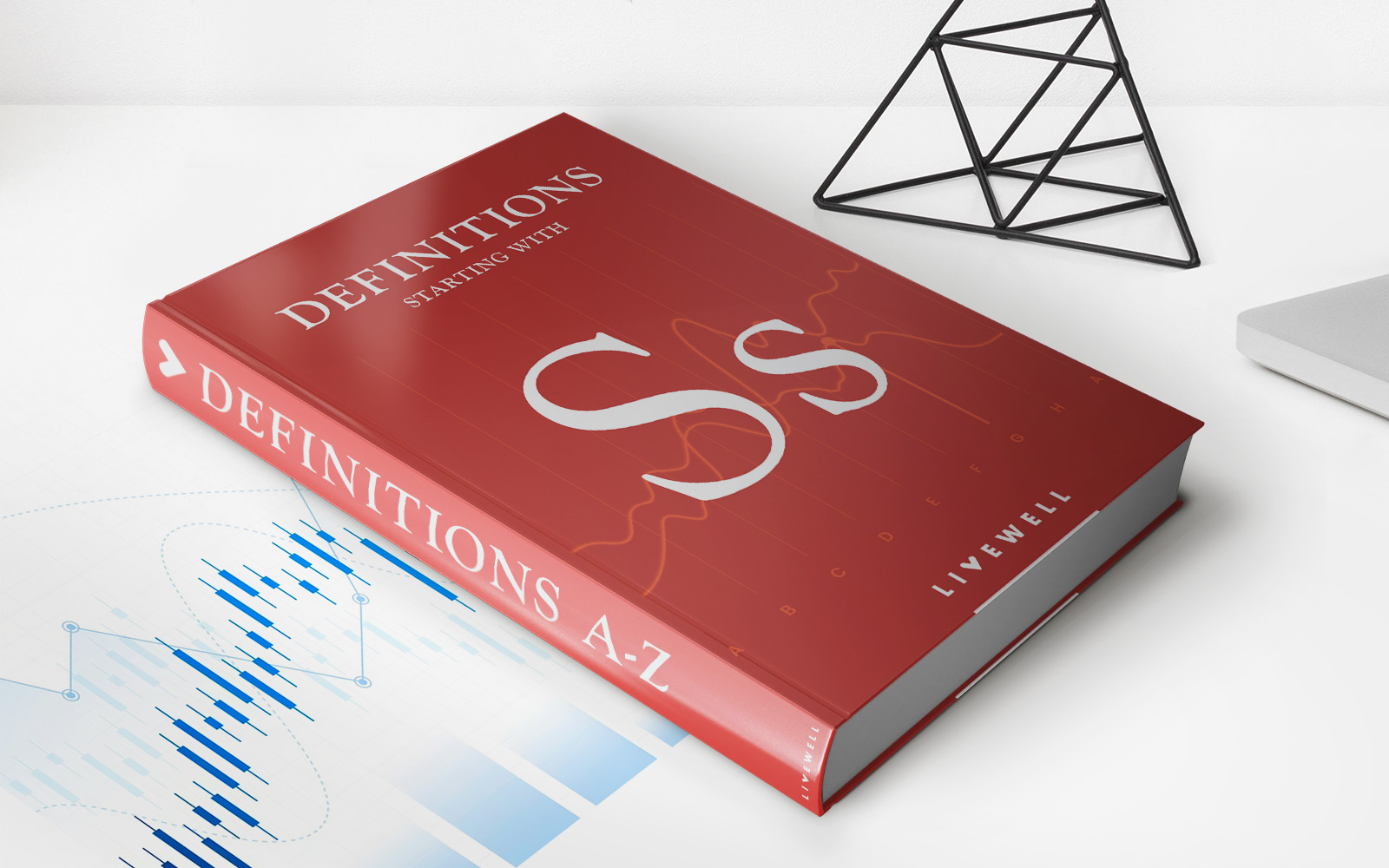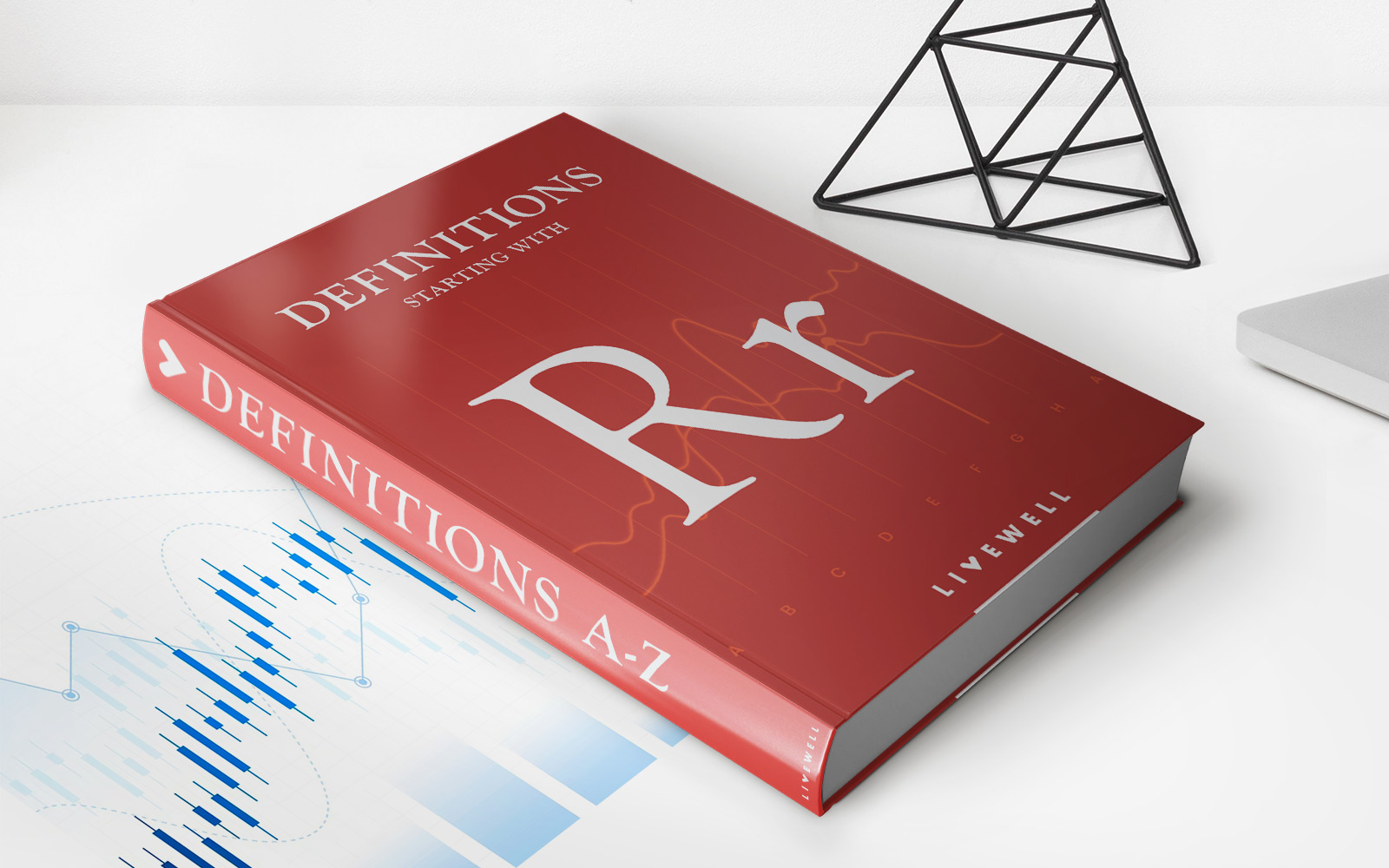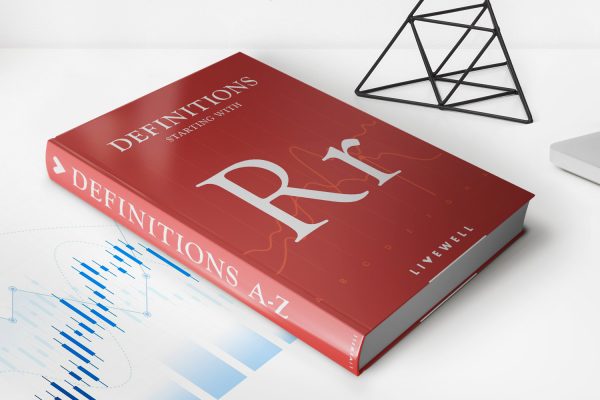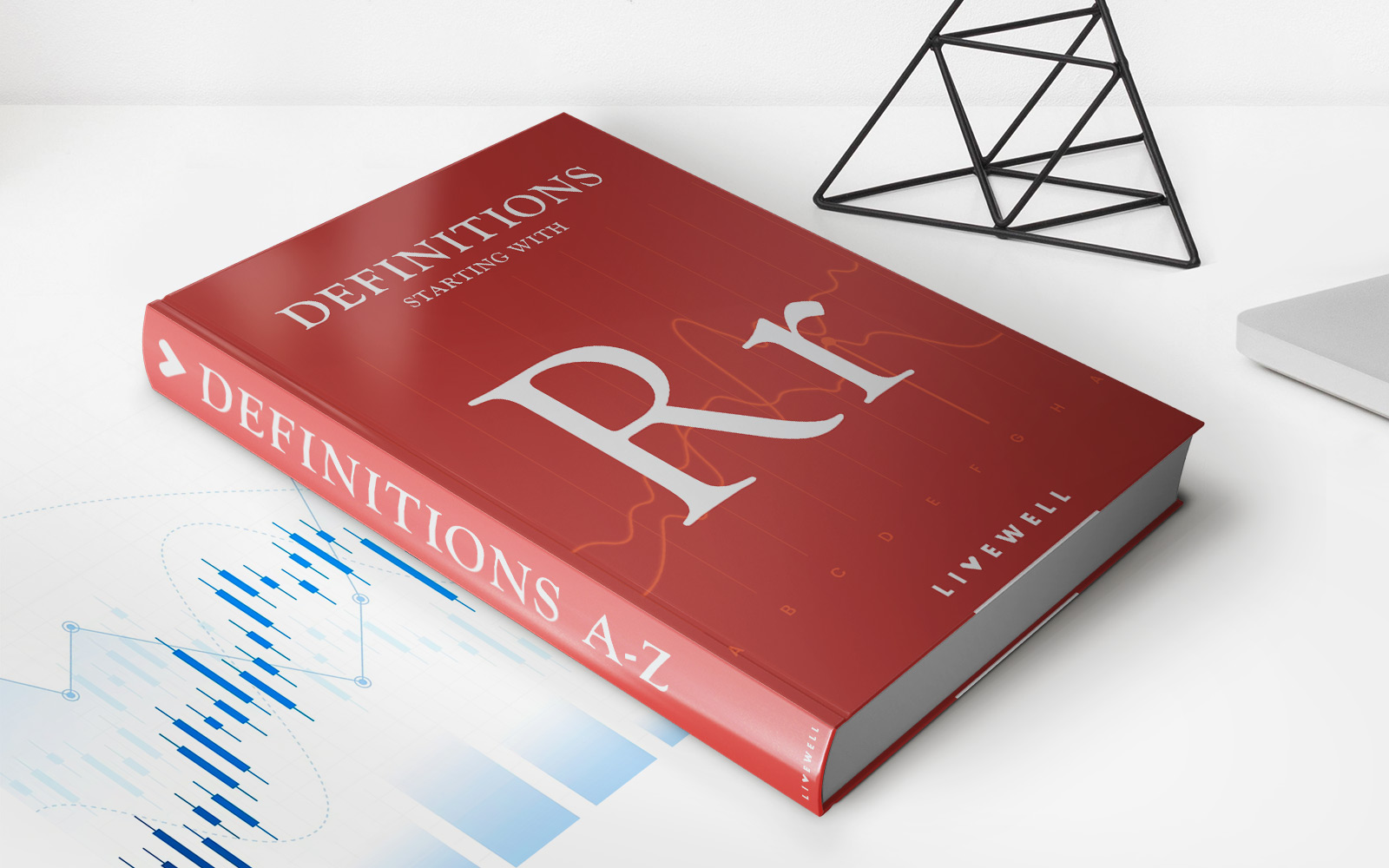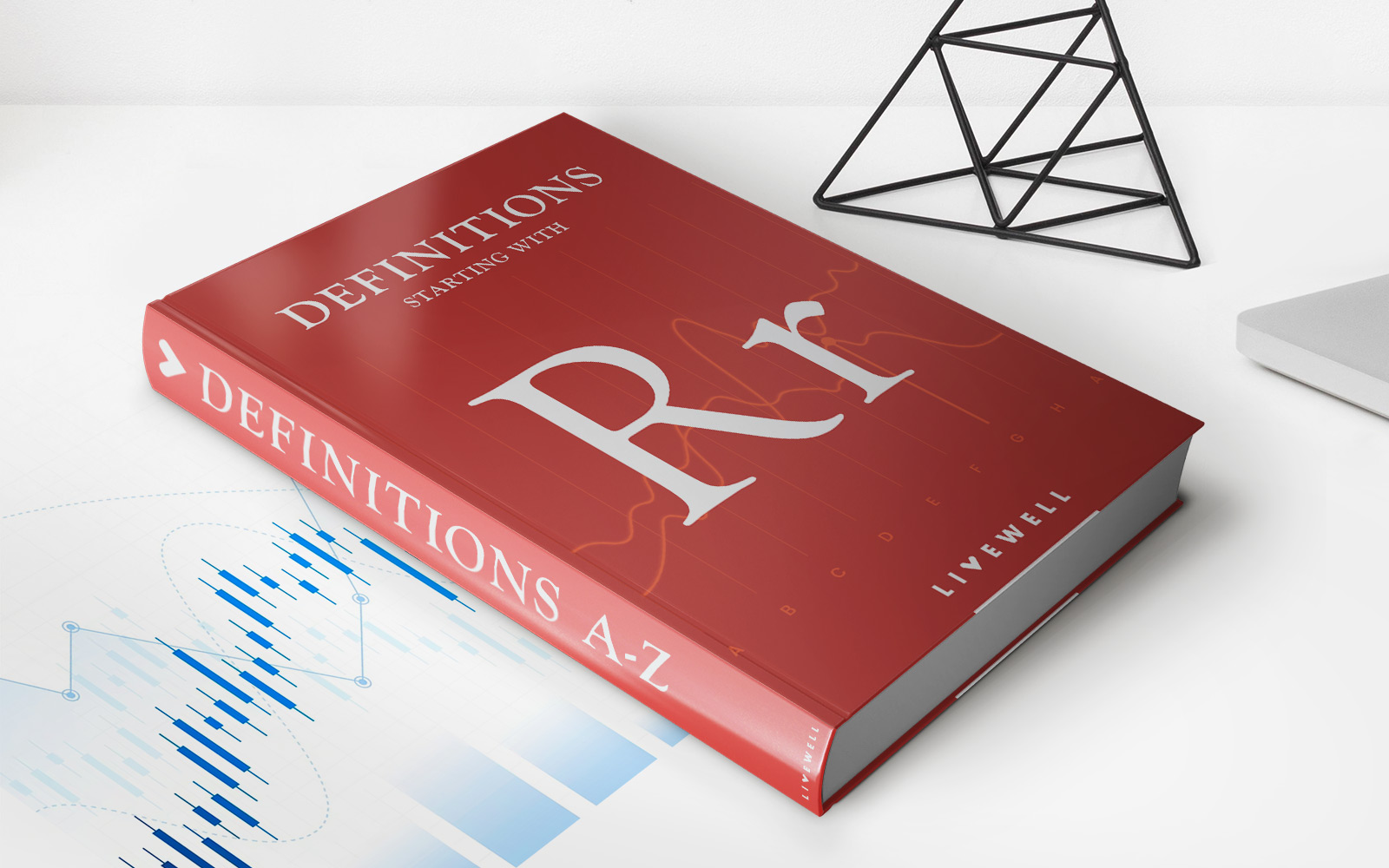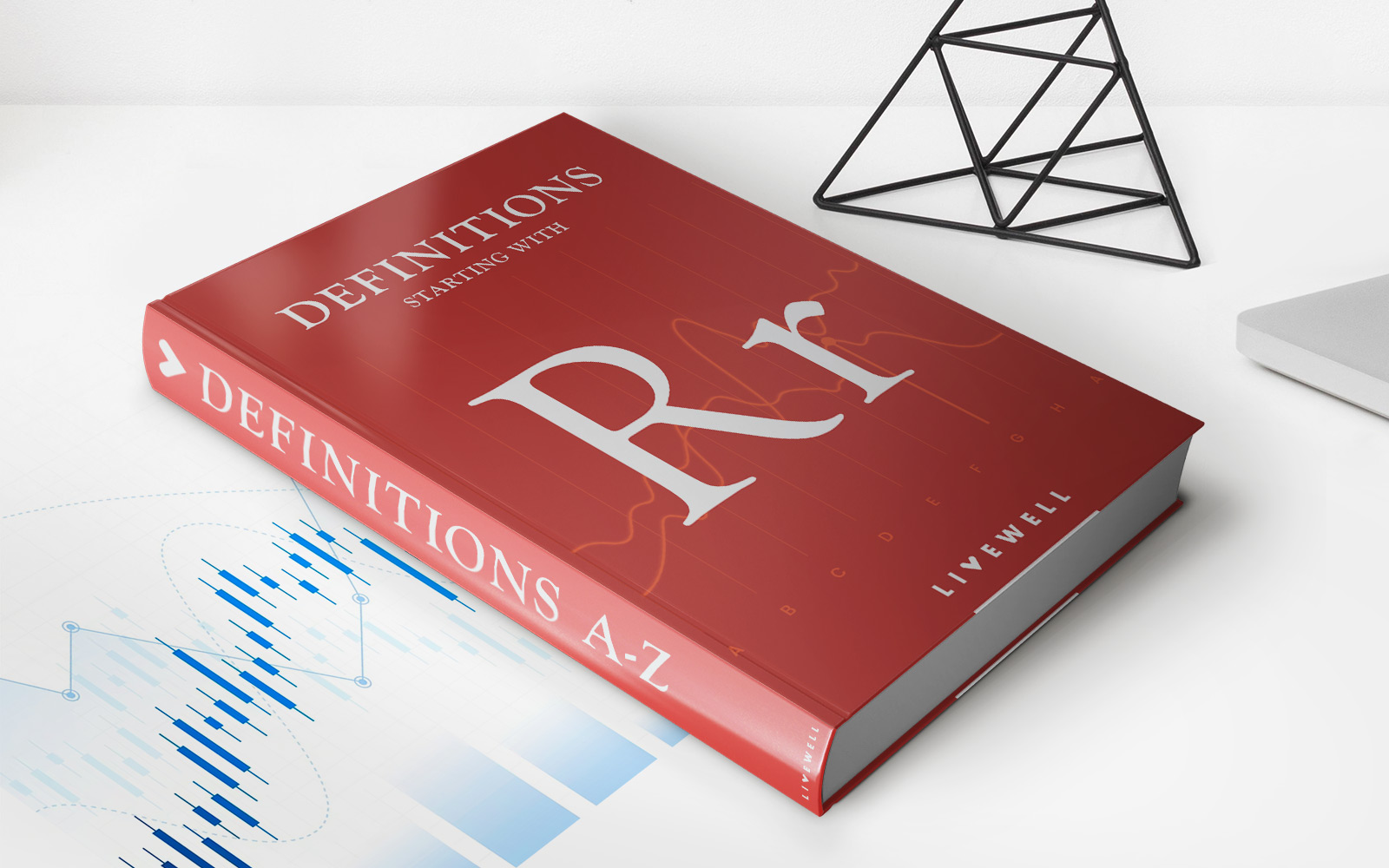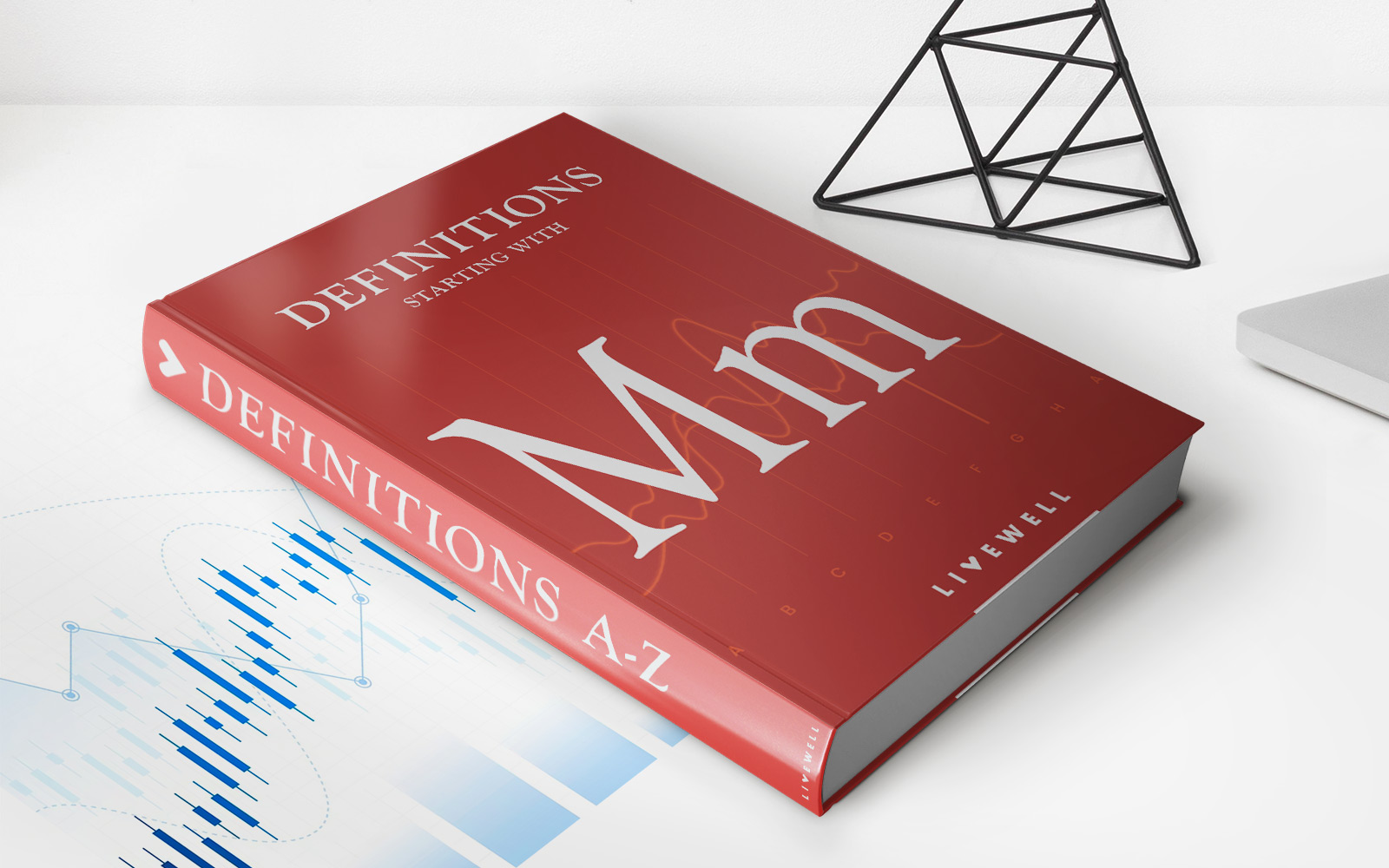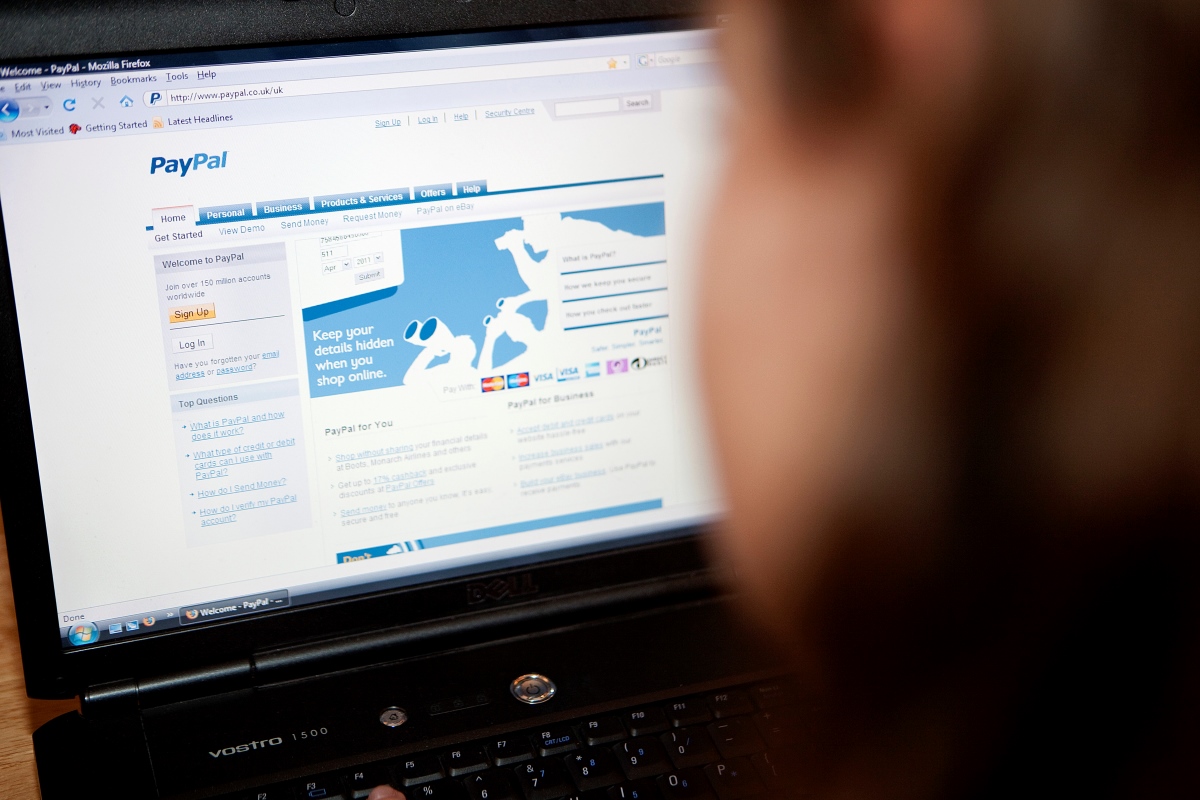Home>Finance>Regulation SHO: Definition, What It Regulates, And Requirements
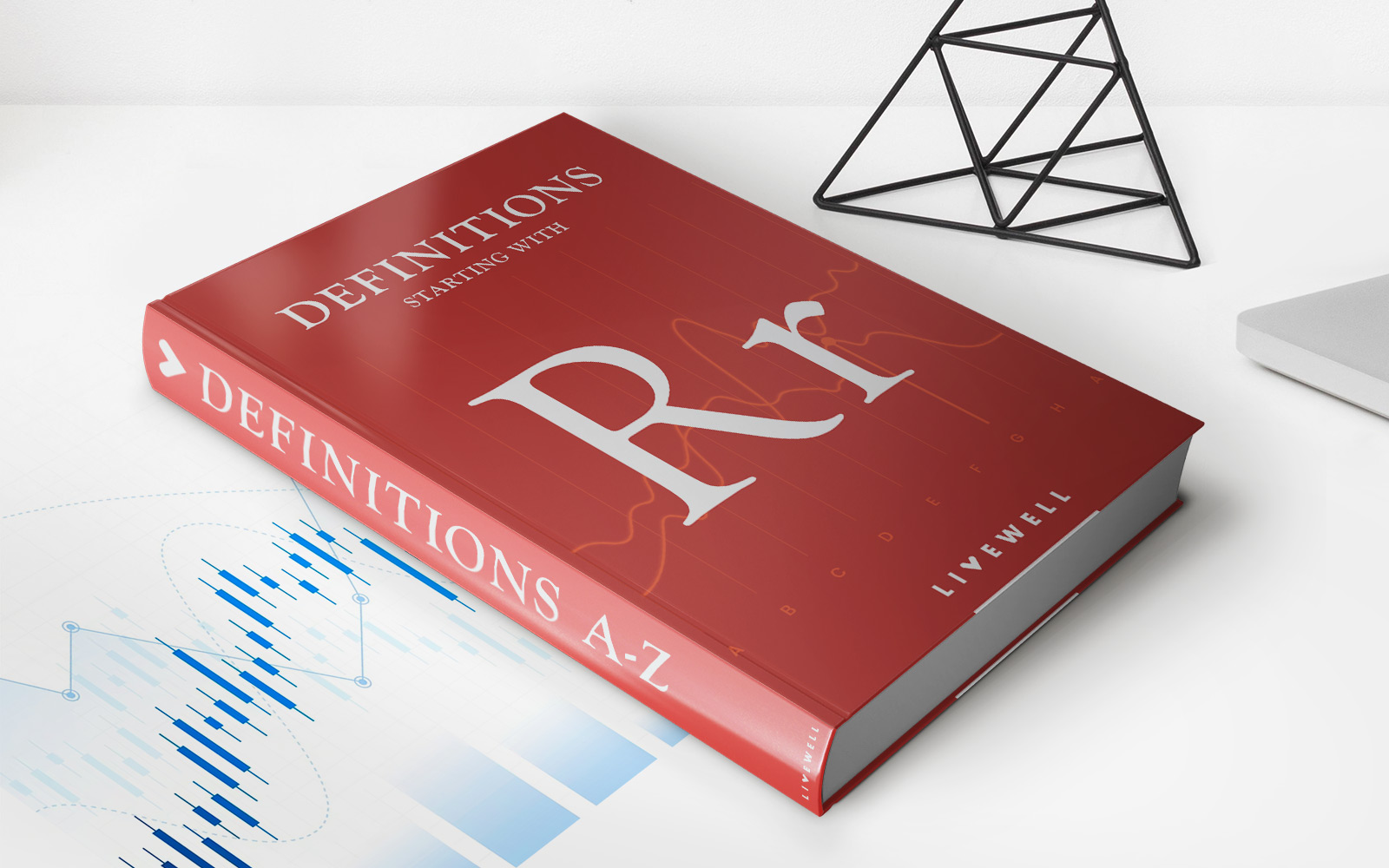

Finance
Regulation SHO: Definition, What It Regulates, And Requirements
Published: January 18, 2024
Learn about Regulation SHO in the world of finance, including its definition, what it regulates, and the necessary requirements.
(Many of the links in this article redirect to a specific reviewed product. Your purchase of these products through affiliate links helps to generate commission for LiveWell, at no extra cost. Learn more)
Regulation SHO: Understanding the Basics
Are you familiar with Regulation SHO? If you’re involved in the world of finance or investments, you’ve likely heard this term thrown around. But what exactly is Regulation SHO, what does it regulate, and what are its requirements? In this article, we’ll delve into the details and demystify this important regulation.
Key Takeaways
- Regulation SHO, or Regulation Short Selling, is a rule implemented by the SEC to govern short selling activities in the stock market.
- It regulates naked short selling and imposes price test restrictions to prevent market manipulation and excessive downward pressure on stock prices.
- Market participants must borrow or locate securities, adhere to timely close-out requirements, and maintain accurate records of their short sales to comply with Regulation SHO.
What is Regulation SHO?
Regulation SHO, short for Regulation Short Selling, is a rule implemented by the U.S Securities and Exchange Commission (SEC) to govern short selling activities in the stock market. Short selling refers to the practice of borrowing and selling securities that an investor believes will decrease in value, with the intention of buying them back at a lower price to make a profit.
What Does Regulation SHO Regulate?
Now that we have a brief overview, let’s dig deeper into what Regulation SHO actually regulates. The key areas covered by this regulation include:
- Naked Short Selling: This rule aims to prevent “naked short selling,” which refers to the sale of stock without actually borrowing or locating the shares to deliver. By doing so, it provides an extra layer of protection against potential market manipulation.
- Short Sale Price Test Restrictions: This part of Regulation SHO requires brokers to observe certain price test restrictions when short selling certain securities. One example of this restriction is the “uptick rule,” which states that a short sale can only be executed if the last trade is higher than the previous price. These price test restrictions aim to prevent aggressive short selling and excessive downward pressure on a stock’s price.
Requirements of Regulation SHO
To comply with Regulation SHO, market participants must adhere to the following requirements:
- Borrow or Locate Requirement: Participants engaging in short sales must borrow or locate the securities being sold prior to executing the trade.
- Timely Close-out Requirement: If shares borrowed for short sales are not delivered within a specified time frame, typically three days, market participants must purchase or borrow the shares to close out the position. This helps to ensure that there is an adequate supply of shares available for settlement.
- Record Keeping: Market participants are required to maintain accurate records of their short sales and locate requests for a specified period, typically at least three years. These records enable regulatory authorities to monitor and enforce compliance with the regulation.
By understanding Regulation SHO and its requirements, investors and market participants can navigate the world of short selling with confidence. Compliance with these rules helps maintain the integrity and stability of the financial markets, promoting a fair and transparent investing environment.
